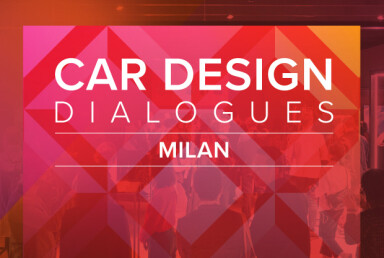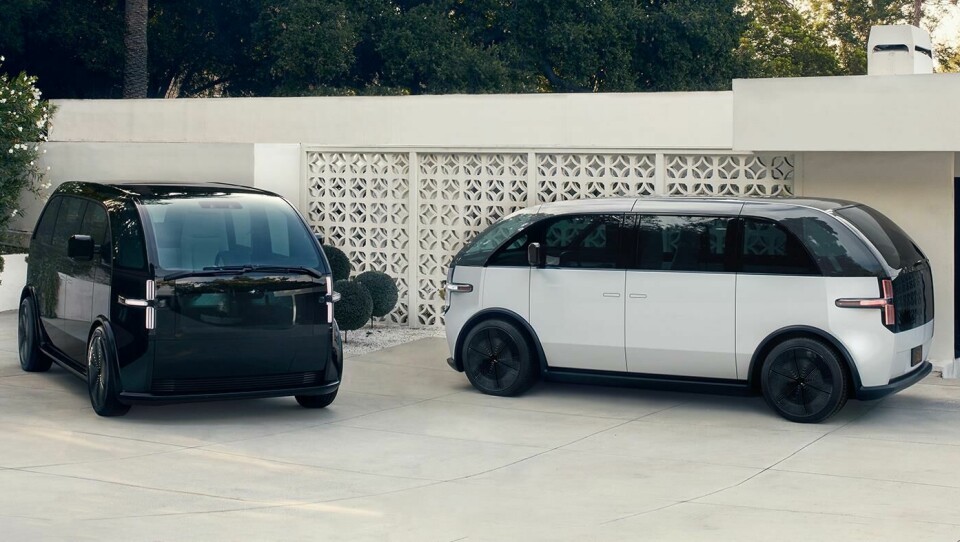
Back-to-front: the curious case of end-to-end symmetry
Car Design News charts the rise, fall and renaissance of end-to-end symmetry in car design
In the classic children’s book, Dr Dolittle, the ‘Pushmi-Pullyu’, a llama-like creature with a head at both ends of its body, is described as “the rarest animal of all.” Similarly, cars that are symmetrical in profile are particularly uncommon, though every so often designers like returning to them.
This may be because back-to-front vehicles make good testbeds for OEMs and consultancies to trial radical ideas, some of which go on to become commonplace in less peculiar cars. Usually, these strange contraptions are consigned to dusty corners of the internet, but right now, against all odds, end-to-end symmetry is undergoing a renaissance.
Front-to-back design can be traced to the late 1940s when French engineer Marcel Alamagny built a prototype consisting of two mirrored cabins separated by a centrally mounted engine compartment. Two decades later, the 1967 Unipower City Car showcased an entirely different form of user experience: its replicated transparent body panels turned occupants into exhibits, transforming how they interact with pedestrians.

The ideas inherent in these strange vehicles didn’t catch on, but Toyota’s 2001 Pod concept did a far better job of predicting the future. At the turn of the Millenium, computers were generally wimpy, and the internet painfully slow, but the oddball concept anticipated a time when digital tech would alter how we interact with vehicles:
“[The Pod] recognises that modern [digital tech] enables the car-user relationship to be deeper as both the machine and the people using it can become more closely involved. Together in good times and bad, the pod serves as your partner who understands your feelings.”
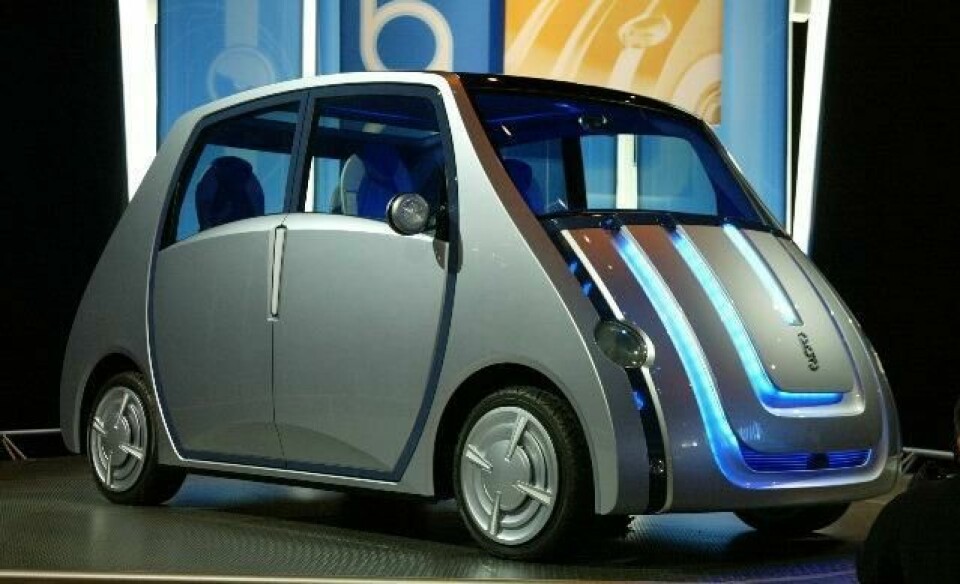
Toyota said at the time that the Pod’s peculiar appearance fulfils a functional role as the concept acts like an antenna, “access[ing] information coming in from all sides.” Additionally, the shape allows the two rows of occupants plenty of headroom to face one other. There are also semantic issues to consider. The symmetrical profile feels egalitarian, suggesting everyone will benefit equally from the fast-accelerating digital revolution. The bubbly form and exceptionally smiley front/rear also sought to reassure people that a future incorporating omnipresent electronic tech would in no way be dystopian. And it isn’t…
Designers returned to end-to-end symmetry shortly before the Covid pandemic when OEMs and consultancies started talking quite seriously about autonomous shared mobility. Concepts included Renault’s (2019) Twizy-based EZ Pod, Seymourpowell’s four-seater Quarter Car (2020), and the far larger 2019 Toyota E-Palette. Once more, visual semantics focused on neutral exterior forms, this time to allay fears that cybercriminals might derail the daily commute.
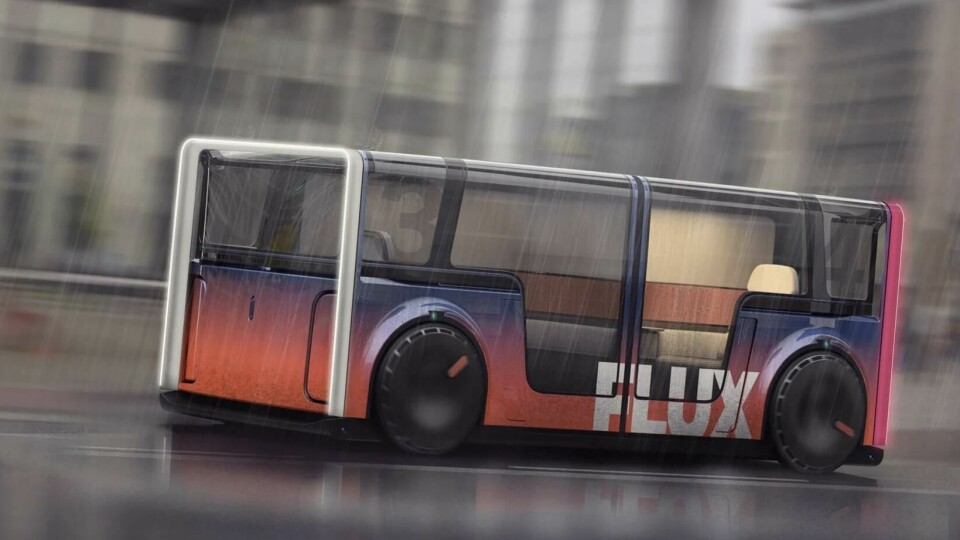
The Quarter Car promoted some particularly interesting ideas including glazing that doubled as a highly customisable transparent display. Roll on a few years and Panoramic Vision, BMW’s revolutionary new-generation HUD, is about to make production. In the post-Covid world, shared mobility is back on the agenda, and symmetry in side-view remains a popular aesthetic.
Daihatsu has used symmetry to explore an entirely different conceptual space. The charismatic 2023 me:MO’s body panels, which are interchangeable at the front and rear, can be replaced by parts that users are free to design. In looking at how human-vehicle attachment can be strengthened, Daihatsu raised uncomfortable questions on the future value of professional designers. We’ll have to wait and see how democratising access to additive manufacturing affects the industry.
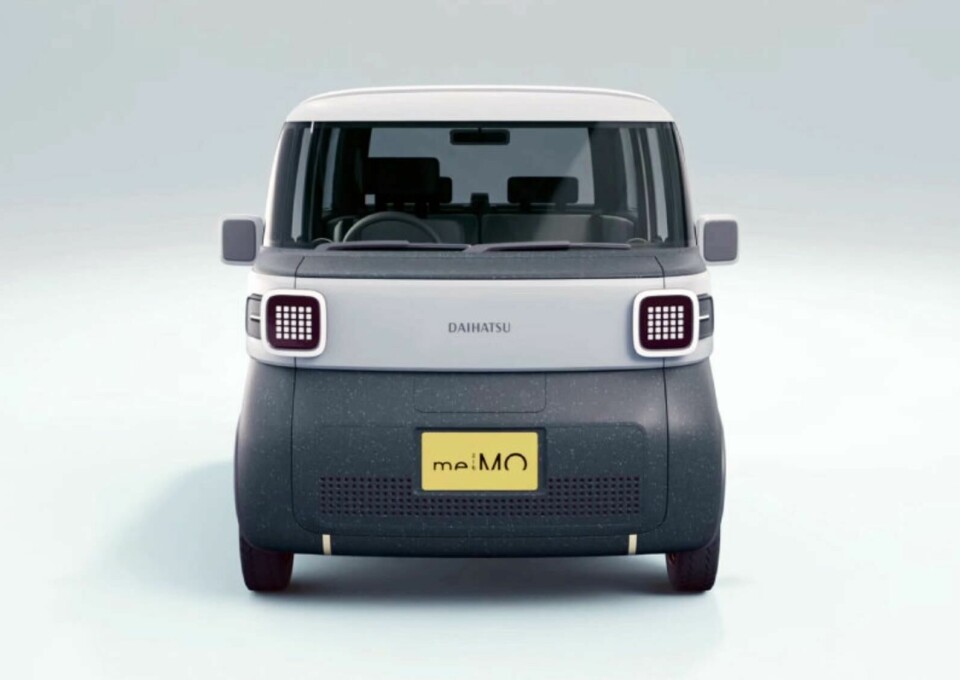
As with the ‘Pushmi-Pullyu’, it’s all too easy to poke fun at back-to-front vehicles for being directionless, but it’s amazing how adding a few established automotive design cues can give them what they lack. A teeny bonnet and a moderately raked front windscreen work wonders on the me:MO. Like the Daihatsu, the 2005 Nissan Pivo has a symmetrical ‘base’, and it’s left to the egg-like cabin to supply a sense of orientation. The cant rail widens from front to rear, and the belt(ish) line angles upwards, both features combining to jolt the unusual vehicle into action.

Of all the large OEMs, Citroen has done most to productionise end-to-end symmetry. The Ami’s duplicated body panels and quarterlights represent an audacious move to cut costs. A neutral belt line means that the Ami uses the wedge-for-a-roof to provide a sense of direction. The tipped-up dark panel surrounding the rear windscreen and vivid graphics on the area where the rear pillar is normally found help too.
With the renaissance of in-profile symmetry, car design looks perhaps to have hit peak strangeness. But it’s also a function of our time: the need to stand out, tell cohesive tales, and cut costs
To date, the boldest incarnation of road-ready symmetry-in-profile has come from a start-up. With the Mibot, Hiroshima-based KG Motors has given long-cherished car design conventions the elbow, opting instead to use white and red lighting to signal direction of travel. In this way, the one-seater takes its styling cues from a plethora of shared mobility shuttles. Indeed, KG Motors doesn’t call the Mibot a car, or even a quadricycle, labelling it instead a “small mobility robot packed with excitement”. Perhaps reframing how we get around will attract a new generation of users to personal transport? What’s certain is that this plucky appliance has all the hallmarks of a cult design classic.
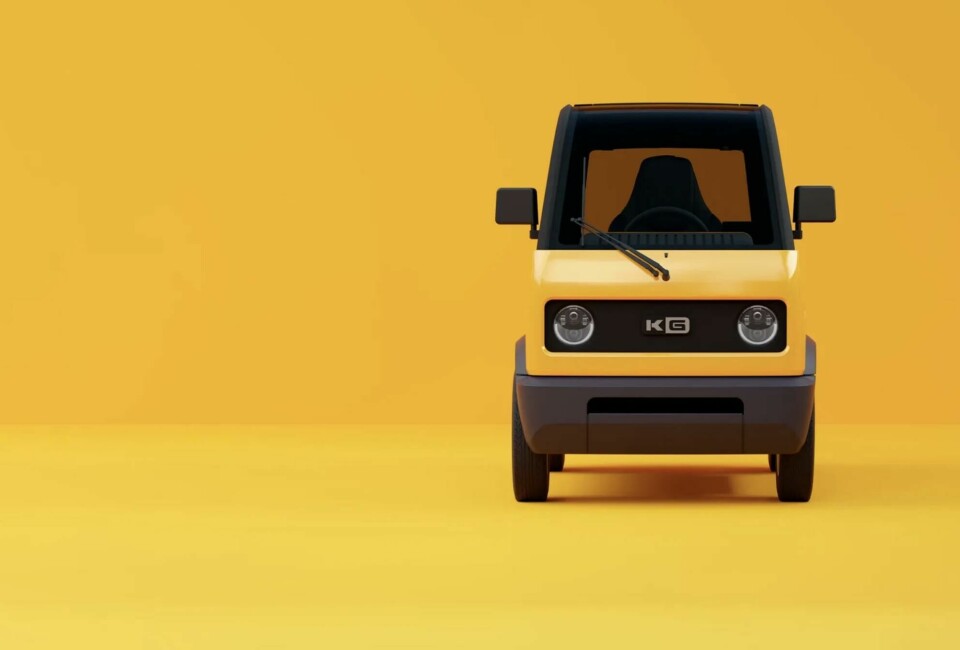
Symmetry doesn’t have to be all consuming to have an effect; sometimes a little of it can go a long way. The brilliant Honda E’s simple front mask is mirrored on the back of the car, creating a subtle yet distinctive ‘symmetry lite’ aesthetic. With other OEMs taking a leaf out of Honda’s book, symmetry lite has, quite unexpectedly, broken through as a hot trend.
Nio’s latest sub-brand Firefly has adopted a slightly bolder version of symmetry lite. When tasked with creating Firefly’s visual language, Nio’s chief designer Kris Tomasson aimed to forge a totally distinctive aesthetic:
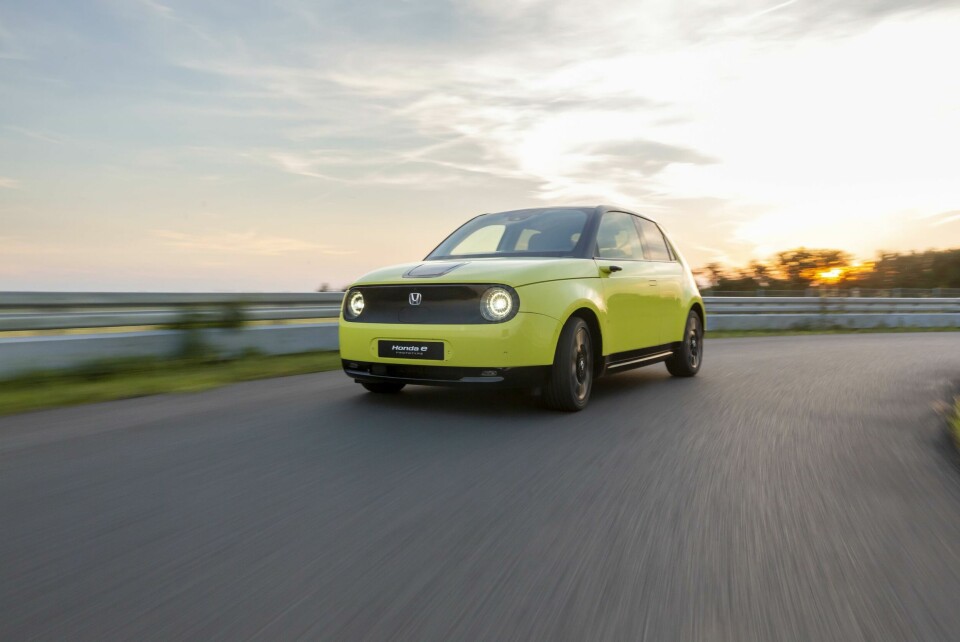
“I wanted to step back and create cars that anyone could recognise. Everyone knows what it is when they see it at first glance.”
To this end, the brand’s inaugural car (also named Firefly) features repeated use of ovals and circles. Characterised by triplicates of circles arranged either side of an elongated oval, the front mask is duplicated and situated on the rear.
For companies trading on quirkiness and disruptive models of manufacture, end-to-end symmetry is perhaps more likely to remain a route to scripting idiosyncratic narratives
Audi’s new, and slightly more shouty, China-specific sub-brand AUDI is also embracing symmetry lite. The marque’s first car, the recently revealed E5, deploys a tweaked version of its front mask on its rear end. And although hardly a fledgling brand, parallel conversations seem to have taken place at Chery; the 2026 QQ makes use of symmetry lite as a route to product differentiation.
As well as helping manufacturers step into the limelight, the symmetry lite strategy provides a strong sense of visual cohesion, an important quality in a world which feels increasingly fragmented.

With the renaissance of in-profile symmetry, car design looks perhaps to have hit peak strangeness. But it’s also a function of our time: the need to stand out, tell cohesive tales, and cut costs.
For consumers, the urge to double-take that comes from being subjected to symmetrical design (whether lite or otherwise) is bound to diminish with exposure, so for high-end marques, back-to-front styling could prove to be a fleeting episode in the brand story. For companies trading on quirkiness and disruptive models of manufacture, end-to-end symmetry is perhaps more likely to remain a route to scripting idiosyncratic narratives.


